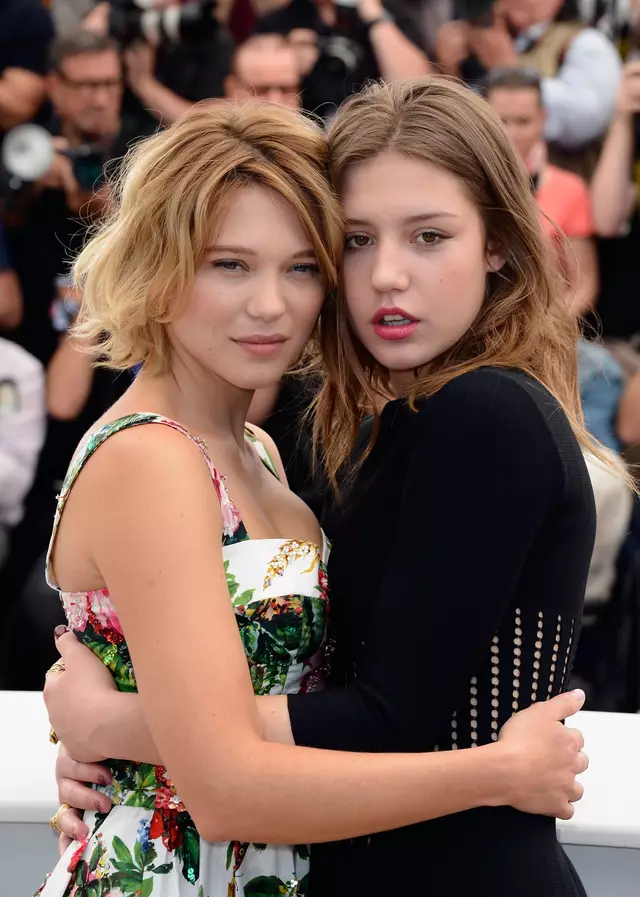Some moments in life stay with us because they make us look inward in surprising ways. Actress Léa Seydoux says one of her film roles did exactly that, leaving her with questions she never expected to ask. It all began long before she became known as the elegant Dr. Madeleine Swann in the James Bond movies.
In 2013, Seydoux starred in the French film Blue Is the Warmest Colour alongside Adèle Exarchopoulos. The story follows a young woman exploring her sexuality and falling deeply in love for the first time. Seydoux played Emma, a confident artist who becomes the main character’s first great romance.

The film is famous for its emotional intensity and its long, graphic love scene between the two leads. Critics described the moment as one of the most “explosively graphic” lesbian scenes seen on screen. That turning point in the story also became a turning point for Seydoux herself.
When asked if filming such intimate scenes made her question her own sexuality, she answered honestly. “Of course I did,” she said, explaining that performing those moments felt powerful and deeply personal. She reflected on her feelings but said the experience did not lead to any life-changing revelations.

The movie received major praise, winning the prestigious Palme d’Or at Cannes. Yet it also faced criticism, especially from the author of the original graphic novel, who felt the scene catered more to fantasy than authenticity.
Seydoux’s story reminds us that art can touch us deeply, sometimes opening doors to self-reflection we never expected to walk through.





